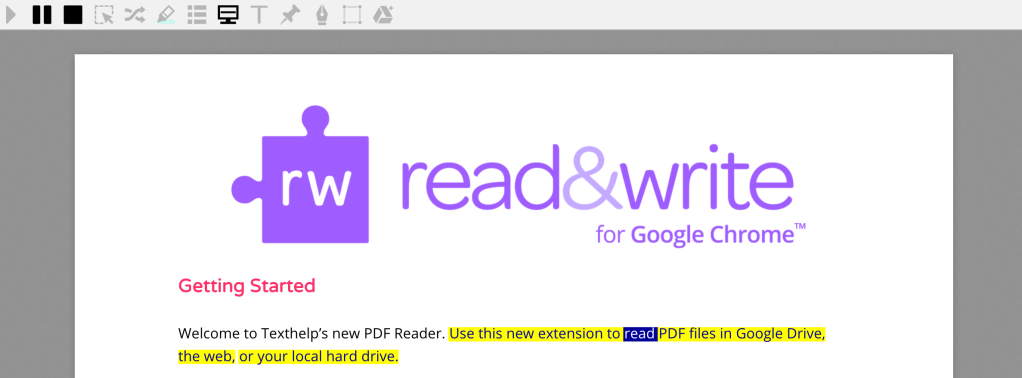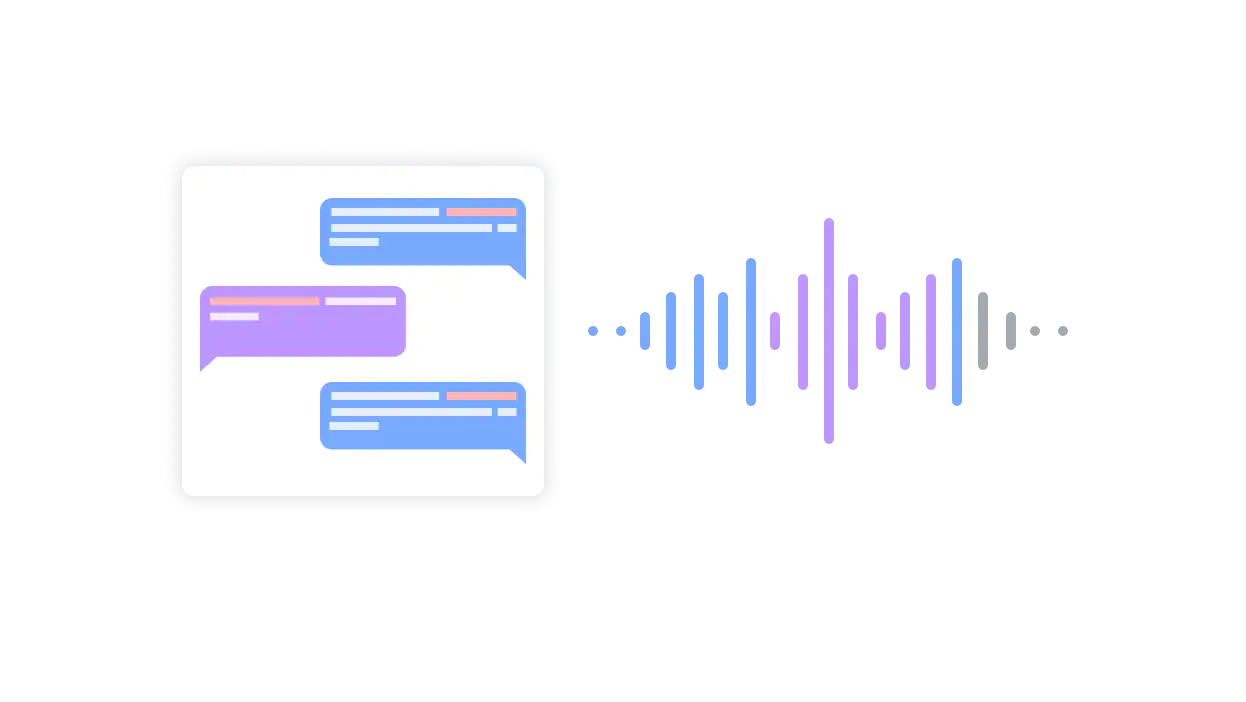
Text-to-speech is our most popular assistive technology. It is software that reads the text on screen out loud to the user. It can read any electronic text file on your computer and is primarily used by students with learning disabilities such as ADHD and dyslexia. Students with learning disabilities may have difficulties with reading, decoding, and focusing on the text. By presenting the text auditorily students can focus and follow the reading more easily. Text-to-speech can also be used by anyone who needs help focusing when they read, or to get through readings faster.
Read&Write
Read&Write is the text-to-speech software that we provide our students. It features a guided reading tool that allows users to better follow along with the text. Students with learning disabilities often struggle with keeping track of what line they are on and often lose their place on the page. Read&Write highlights the sentence it’s reading in yellow and each word it reads, as it’s reading it, in blue. That way students always know what is being read to them and exactly where they are on the page. Unlike simply using an audiobook, Read&Write’s guided reading adds a visual aspect to the reading. Most students with learning disabilities prefer to learn visually, so with Read&Write, you’re not just listening or reading, you’re actually watching something read to you. The combination of following along auditorily as well as visually allows for better focus, better reading compression, and better memory retention.
Students can use Read&Write to create their own MP3 files to listen to readings on the go. The can also increase the speed gradually over time to get through readings at a faster pace.
Read&Write is available as a desktop application and a Google Chrome extension. The Google Chrome extension has a free version with the text-to-speech function available.
You can check out Read&Write by visiting their website for more information.
Contact SDS
If you have any questions or wish to learn more about assistive technology, please reach out to the Associate Director for Assistive Technology, Amrou Ibrahim

